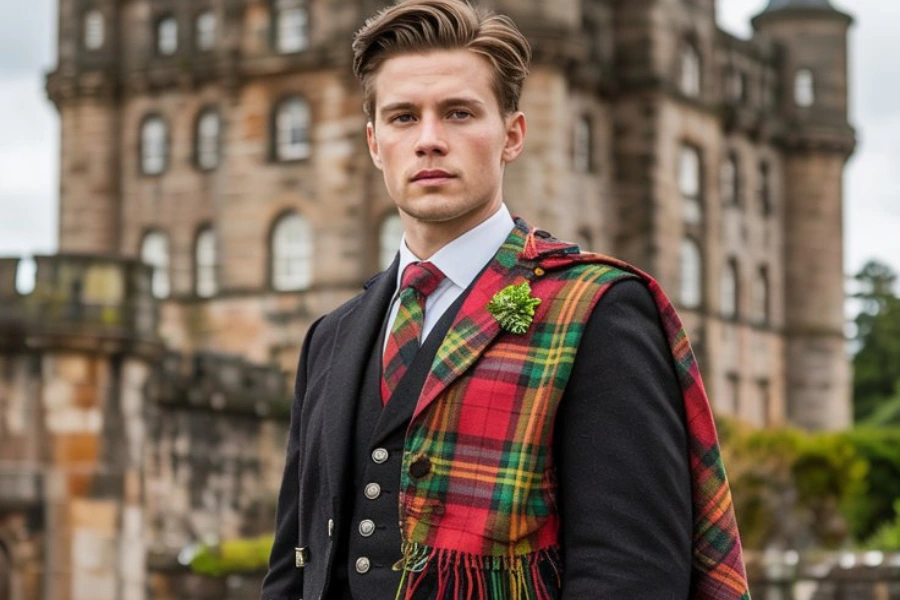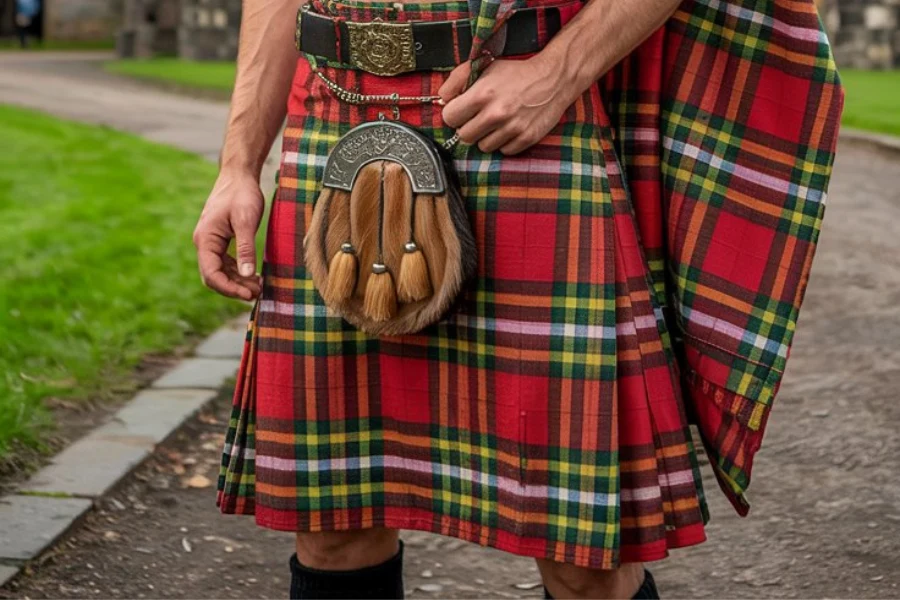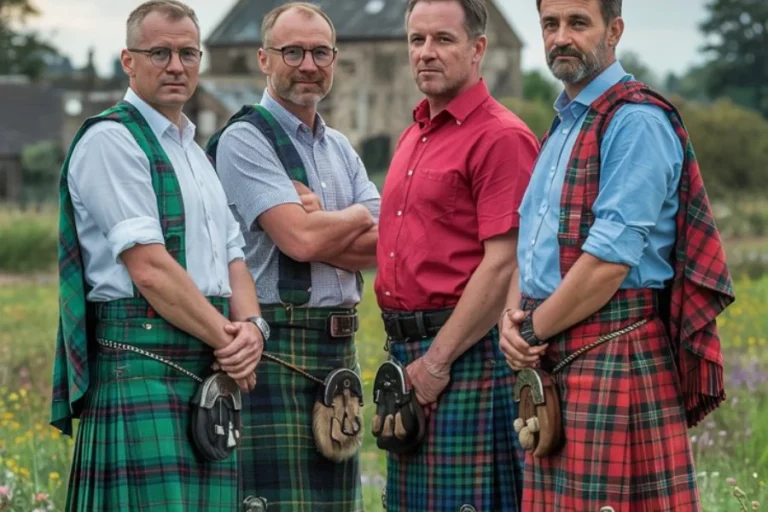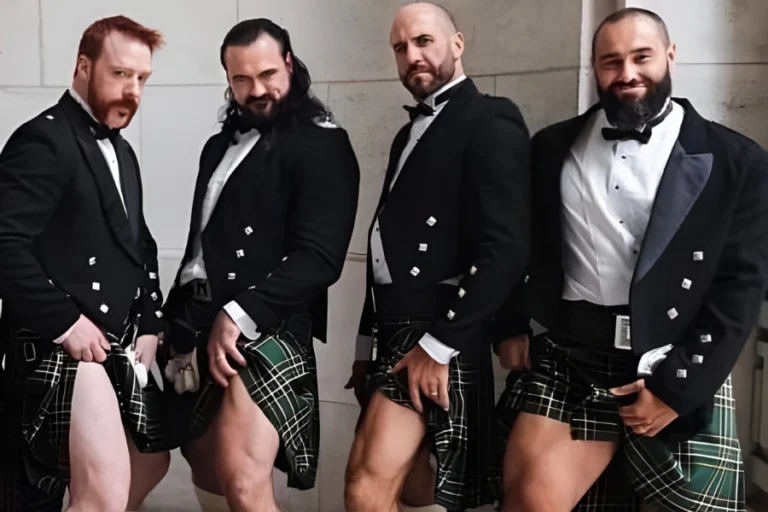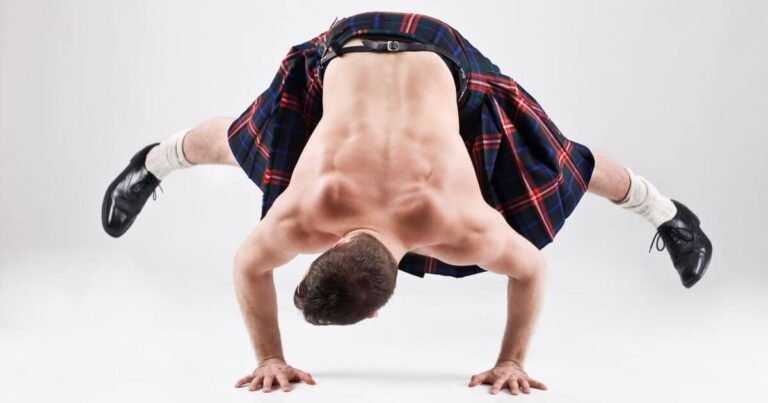Why Did Scots Wear Kilts?
A Closer Look at the Origin, Function, and Meaning Behind Men’s Kilts in Scottish History
There’s a particular image that tends to come to mind when people think about Scotland: rolling green hills, a bagpipe playing somewhere in the distance, and a man—maybe broad-shouldered, maybe not—wearing a kilt. It’s iconic. Maybe even a little romanticized.
But where did that come from, really? Why did Scots wear kilts in the first place? And why does that tradition still hold such power today, especially when it comes to men’s kilts?
Let’s try to unpack it. Not too neatly. History rarely fits into clean little boxes.
The Origins: More Practical Than You Might Think
The earliest form of the kilt wasn’t quite the tidy, knee-length garment we think of today. It was something called the féileadh mór, or the “great kilt,” and it was, in essence, a large swath of fabric—wool, usually—that wrapped around the body and was belted at the waist. It often stretched 5 or more yards in length and could be used as a cloak or blanket when needed.
So in that sense, the early Scots men’s kilts weren’t designed for pageantry. They were practical, adaptable, and suited to the Highland climate—wet, cold, and unpredictable. The fabric, thick and often woven in earthy tones or simple checks, provided warmth and movement.
Was it fashionable at the time? Maybe. But it was first and foremost functional.
What Made The Kilt Catch On?
It’s worth pointing out that kilts weren’t worn across all of Scotland from the start. They were a Highland thing. In the Lowlands and urban centers, trousers and breeches were more common, more “continental.” But in the rugged, rural north—where clan life thrived and British influence was weaker—the kilt stuck.
There’s this idea, though, that kilts were always tied to national pride or rebellion. That might be a bit of a stretch. In the beginning, it was simply what people wore. It was what worked. But as tensions between the Highlands and the British government escalated, especially during the Jacobite uprisings of the 18th century, the kilt took on new meaning.
It became a symbol. Of identity, of resistance, of a way of life that refused to vanish quietly.
Then Came The Ban:
In 1746, after the failed Jacobite Rebellion, the British government passed the Dress Act—a law that made it illegal to wear Highland dress, including kilts. The ban was aimed specifically at dismantling clan culture.
So, in a strange twist, the very thing that had once just been everyday wear—no different, perhaps, than jeans or work boots today—suddenly became political. Dangerous, even.
The law wasn’t repealed until 1782. And when it was, the kilt didn’t exactly pick up where it left off. It came back different—more ceremonial, more symbolic. Slowly, it was embraced not only as a Highland thing but as a Scottish thing. The romanticized image of the kilted Highlander began to emerge—sometimes exaggerated, often idealized.
Ironically, the banning of kilts might have been what ensured their long-term survival.
But Why Did It Matter So Much?
That’s a hard one to answer with certainty. Perhaps because when something is taken away, we start to realize how much it meant to us. For Highland Scots, the kilt wasn’t just clothing. Over time, it came to represent their heritage, their clan identity, their independence.
There’s something powerful about putting on a garment that’s tied to hundreds of years of tradition—especially one that people were once punished for wearing.
Even today, when someone dons a kilt for men, particularly a tartan pattern that links back to family history, it carries a certain weight. Maybe not everyone feels it. But many do.
And What About Today’s Kilts For Men?
Modern kilts look a bit different. Yes, traditional Scots men’s kilts are still worn—at weddings, formal gatherings, or cultural events. The pleats are sewn, the tartan patterns are clan-specific, and there are rules (or at least strong opinions) about how to wear one properly.
But we’ve also seen the rise of contemporary or utility kilts for sale. These are designed for comfort, for daily wear. They’re made from canvas, cotton, or denim, and come in neutral colors—black, gray, olive. They have pockets. Some have snaps or Velcro.
They’re not traditional, no. But they’re practical. Just like the early great kilts were.
So, in a way, the kilt has come full circle.
Do Kilts Still Mean Something?
Yes—and also, not always.
Some men wear kilts because they feel a deep connection to Scottish heritage. Others wear them because they’re comfortable, or because they like the way they look. Some buy kilts to stand out. Some wear them to fit in—with a group, a tradition, a culture.
And then there are those who’ve never been to Scotland, don’t have Scottish ancestry, and just… feel drawn to the garment. That’s valid too.
Clothing is complicated. We like to think we make rational choices about what we wear, but it’s usually a mix of comfort, identity, habit, and instinct.
So Why Did Scots Wear Kilts?
The honest answer is: because it made sense.
The land shaped the clothing. The clothing, in turn, helped shape the culture. And then history added layers of meaning—some of them tragic, some romanticized, others somewhere in between.
Kilts were worn for warmth, freedom of movement, simplicity. Later, they were worn in defiance. Then with pride. Now? They’re worn for all sorts of reasons.
Some people buy kilts as a tribute to their roots. Others buy them because, frankly, they just like how they feel walking down the street in pleats. And both reasons are real.
Final Thought?
Men’s kilts—whether worn by 18th-century Highlanders or modern-day city dwellers—have always straddled the line between the practical and the symbolic. That’s what makes them so fascinating.
You don’t have to choose between history and style. With kilts, you get both. Just not always in equal measure. And maybe that’s exactly the point.

